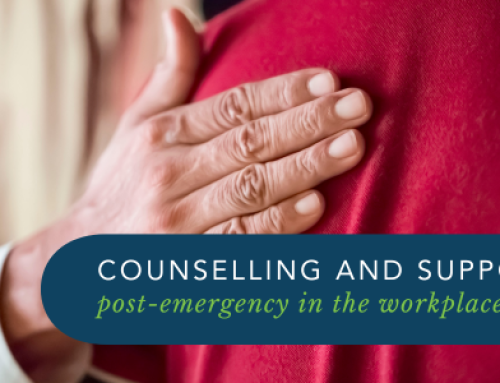In the landscapes of Australia, bushfires pose a constant threat to communities, wildlife, and the environment. To mitigate these risks, authorities employ various strategies, including hazard reduction and back-burning. While these terms are often used interchangeably, they represent distinct approaches with specific objectives.
Hazard Reduction: A Proactive Approach
Hazard reduction is a comprehensive strategy aimed at reducing the overall fuel load and fire risk in a particular area. It involves a range of activities designed to create defensible spaces around homes and properties, and to reduce the intensity and spread of wildfires. These activities may include:
- Fuel Reduction: Clearing away deadwood, undergrowth, and dense scrub to reduce the amount of flammable material available to fuel a fire.
- Creating Firebreaks: Establishing wide corridors of cleared land that can act as barriers to prevent the spread of fires.
- Pruning Trees: Removing low-hanging branches and deadwood from trees to reduce their flammability.
- Community Education: Raising awareness among residents about fire safety practices and the importance of hazard reduction.
Hazard reduction is a proactive approach that can be implemented throughout the year, depending on weather conditions and the specific needs of the area. By reducing the fuel load and creating defensible spaces, hazard reduction can significantly decrease the likelihood and severity of bushfires.
Back-burning: A Tactical Tool
Back-burning, on the other hand, is a tactical tool used during active fire emergencies. It involves intentionally setting a controlled fire to burn ahead of a larger, uncontrolled fire. The goal is to create a “black line” of burnt ground that will act as a natural barrier to the main fire.
Back-burning is a complex and risky operation that requires careful planning and execution. It is typically conducted under the supervision of experienced firefighters and with the support of aerial firefighting resources. The timing and location of back-burning are critical factors in determining its effectiveness.
Key Differences
While both hazard reduction and back-burning are important tools in the fight against bushfires, they serve distinct purposes and are implemented in different contexts. The following table summarises the key differences between these strategies:
| Hazard Reduction | Back-burning | |
| Timing | Throughout the year. | During active fire emergencies. |
| Scope | Broad-based strategy to reduce overall fire risk. | Tactical tool used to contain an active fire. |
| Purpose | Create defensible spaces and reduce fuel load. | Create a firebreak to prevent the spread of a fire. |
The Importance of Both Strategies
It is essential to recognise that hazard reduction and back-burning are not mutually exclusive. In fact, they complement each other. Hazard reduction can help to prevent large-scale fires from occurring in the first place by reducing the overall fuel load and creating defensible spaces around homes and properties. Back-burning, on the other hand, can be used to contain fires that do break out by creating a firebreak of burnt ground that can act as a barrier to the main fire.
By combining these strategies, authorities can significantly reduce the impact of bushfires on communities and the environment. Hazard reduction can help to prevent fires from starting, while back-burning can be used to contain fires that do occur. This integrated approach can help to protect lives, property, and the natural landscape.
In conclusion, hazard reduction and back-burning are crucial tools in the fight against bushfires. By understanding the differences between these strategies and their respective roles, we can better appreciate their importance in protecting our communities and natural resources. It is essential for both individuals and organisations to support and participate in hazard reduction efforts and to be prepared to respond to bushfires when they occur.
For more information on fire safety, visit our website Workplace Emergency Management | Safety, Training & Compliance Service.
GET IN TOUCH
Are you ready for peace of mind that your workforce is as safe and prepared as possible?
With a dedicated team of staff ready to help you meet compliance requirements and improve the overall safety of your workplace, all you need to do is get in touch.
Request your free audit today!



